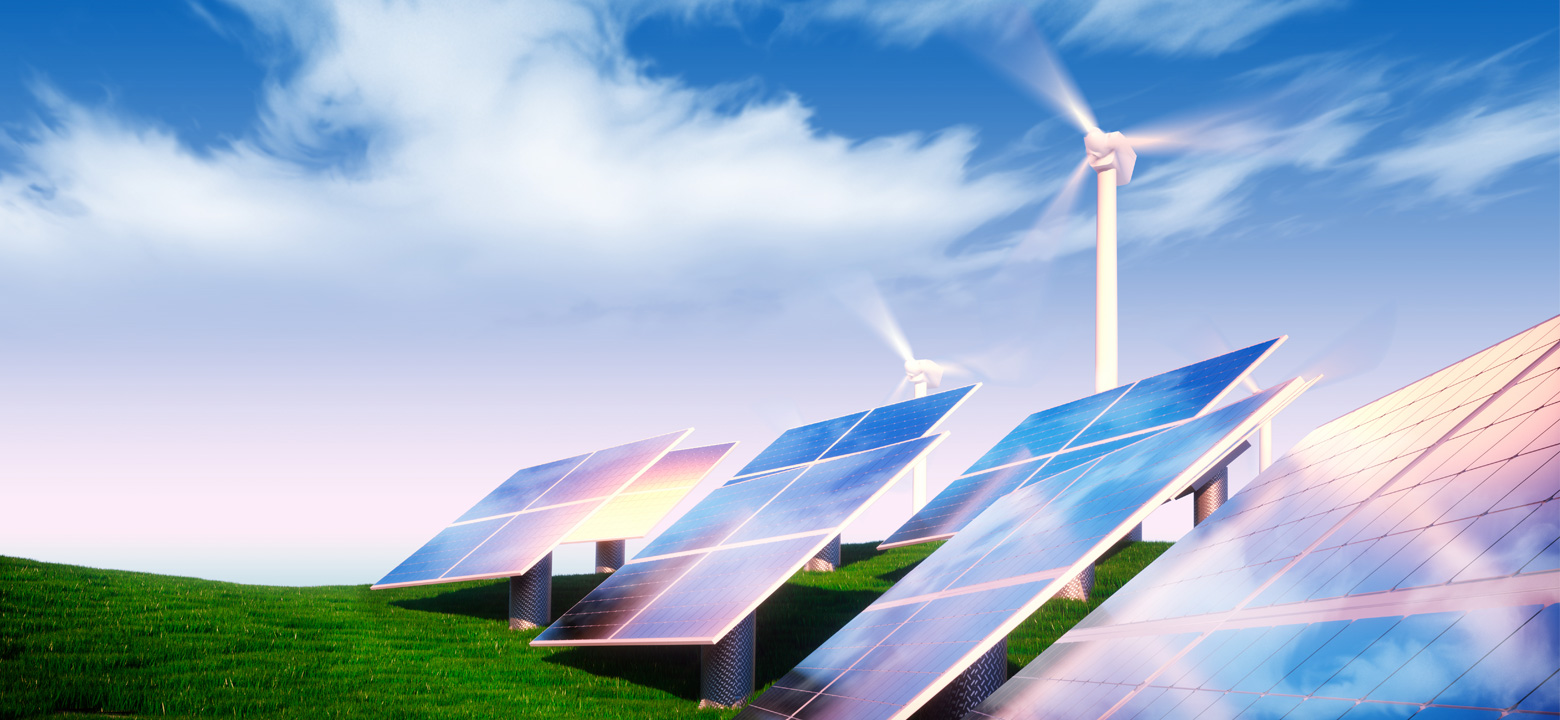
As science makes greater strides in the renewable energy field, it can make it tricky to keep up with all of the terminology. Don't worry—no matter whether you're new to renewables or work with them on a regular basis, here are the key words you need to know:
Alternating current is electrical current that periodically reverses directions. Most homes and businesses are wired for alternating current. Since it is easier to send high voltages over long distances, it is more efficient for power companies to use transformers to change the voltage of alternating current for widespread distribution than it is to use direct current.
Bioenergy is renewable power obtained from biological sources, like burning biomass for fuel.
Biomass refers to any renewable organic matter that can be used as a fuel source. This includes wood, farming byproducts, biosolids, or cellulose pulp, among others.
Biofuels are combustible liquids made from biomass, as an alternative to petroleum products. Biodiesel is an example of a biofuel.
Carbon offsetting is an attempt to balance greenhouse gas emissions using economic strategies. Businesses track their carbon output and purchase offsets to help limit the impact of this output, like paying to plant a tree or operate an algae-based CO2 scrubber.
Direct current is electrical current that flows in a single direction. This is the form of electricity produced by sources like solar panels or wind turbines, and requires an inverter for home use. Direct current is often used for low voltage needs, like cell phones.
Chemical reactions have to take place to allow for the conversion of chemical energy into usable electricity. Fuel cells are where hydrogen reacts with oxygen to produce power.
Geothermal energy is energy produced by harnessing the heat from below the surface of the Earth. It results in very few to no greenhouse emissions, and can supply power around the clock in any weather.
Hydroelectricity, or hydropower, is power produced using the flow of water. Hydroelectric dams use turbines that are driven by water currents, allowing them to produce energy with few emissions and fewer restrictions than wind or solar power.
An inverter is the component that turns direct current into alternating current, the type of electrical current used in the average home.
A joule is a unit of energy. It is a measure of the amount of work done on an object by a one Newton force that moves the object over one meter of distance. As an example, an apple weighs roughly one Newton. To lift an apple one meter in height, it requires a one Newton force. This amount of work is one joule.
A kilowatt is a measurement of electricity equal to 1000 watts, or 1000 joules/second. If there are ten 100-watt lightbulbs in a room, it would require one kilowatt to light them all.
Photons are the simplest units of light. They can behave as either waves or particles, and are what reacts with photovoltaic cells to produce solar power.
Solar power relies on the sun. Photovoltaic cells react with sunlight to produce electricity, while concentrated solar power systems concentrate sunlight and use its heat to power steam turbines. While it is renewable, there are some concerns regarding its reliability and the pollution produced by manufacturing solar panels.
Tidal power is similar to hydroelectricity in that it is produced using water. However, where hydroelectricity comes from turbines powered by the flow of water, tidal power is produced using the differential between low and high tides.
A watt is a unit of measurement for electricity, equal to one joule per second.
Where tidal power uses the changes in tides to generate electricity, wave power uses the kinetic and potential energy of ocean waves.
Wind power uses turbines driven by the wind to produce electricity. These turbines can be located on land or in the sea, and may be small enough for a single home or part of a large wind farm.
The field of renewable energy is ever expanding. As we discover newer, more efficient ways to produce power, the vocabulary surrounding renewables expands with it.